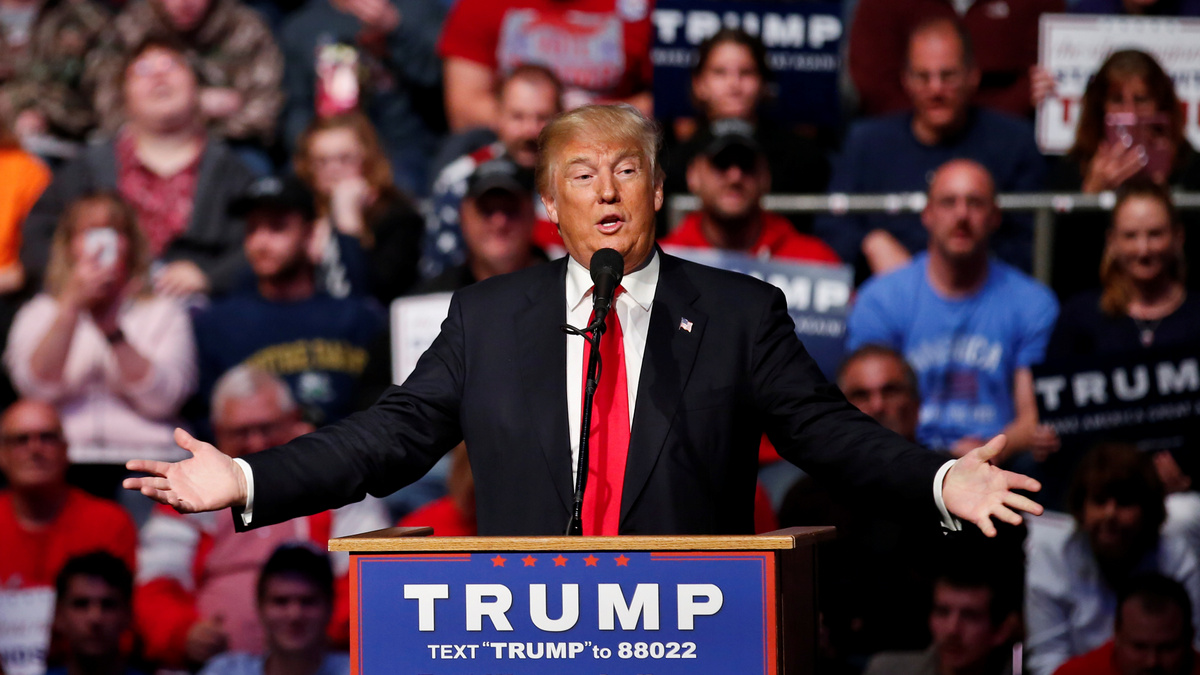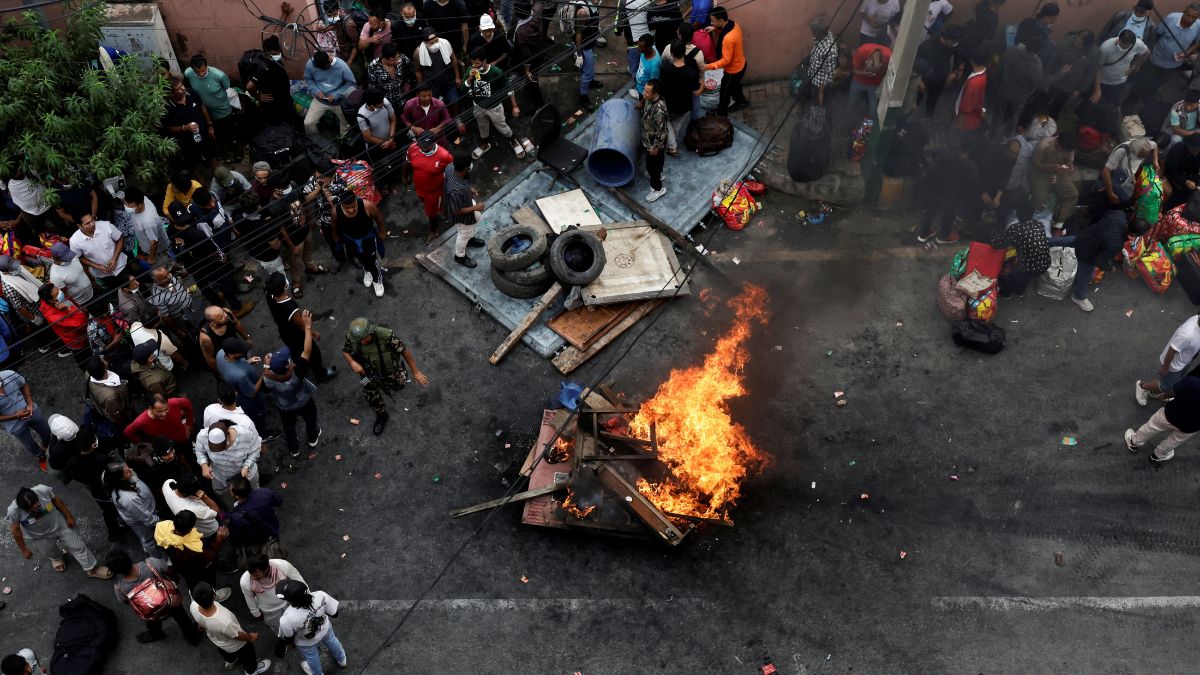Is the India–US relationship back on track?
US President Donald Trump has stated that New Delhi and Washington will resume negotiations on a free trade deal.
This development comes weeks after the US imposed a 50 per cent tariff on India – a 25 per cent baseline tariff, plus an additional 25 per cent penalty for purchasing Russian oil. New Delhi described the tariffs as “unfair, unreasonable, and unjustified”.
After the leaders of India, Russia, and China shared the stage at the Shanghai Cooperation Organisation summit in Tianjin, Trump posted on Truth Social, claiming that the United States had “lost Russia and India to deepest, darkest China”.
There are now reports that the two leaders could speak over the phone soon. It had previously been reported that Prime Minister Narendra Modi avoided calls from Trump following the imposition of the tariffs.
But what happened? Are ties truly back on track? Let’s take a closer look.
What happened?
The hint of a thaw between the two countries began last week with a statement from Trump.
Speaking at the White House, Trump described the ties between the two nations as “a very special relationship”. He added that he would “always be friends” with Prime Minister Narendra Modi.
“He’s a great prime minister. He’s great. But I just don’t like what he’s doing at this particular moment. But India and the United States have a special relationship. There’s nothing to worry about. We just have moments on occasion,” Trump said.
On Saturday, Prime Minister Modi responded positively to Trump’s remarks. Modi said he “deeply appreciates and fully reciprocates” the US President’s sentiments and positive assessment of the bilateral relationship.
Writing on X, Modi described the relationship as "forward-looking" and aimed at a “Comprehensive and Global Strategic Partnership”:
“Deeply appreciate and fully reciprocate President Trump’s sentiments and positive assessment of our ties. India and the US have a very positive and forward-looking Comprehensive and Global Strategic Partnership,” the Prime Minister wrote.
Then, on Tuesday, Trump took to Truth Social to announce that trade negotiations were back on.
“I am pleased to announce that India and the United States of America are continuing negotiations to address the Trade Barriers between our two Nations,” Trump wrote. “I look forward to speaking with my very good friend, Prime Minister Modi, in the upcoming weeks. I feel certain that there will be no difficulty in coming to a successful conclusion for both of our Great Countries!”
Modi responded to Trump’s social media post:
“ India and the US are close friends and natural partners. I am confident that our trade negotiations will pave the way for unlocking the limitless potential of the India–US partnership. Our teams are working to conclude these discussions at the earliest,” Modi wrote.
“I am also looking forward to speaking with President Trump. We will work together to secure a brighter, more prosperous future for both our people.”
Are ties back on track?
It appears so.
It has been reported that Trump and Modi could speak over the phone soon, possibly in the context of the upcoming Quad meeting, scheduled to be held in India in November, as well as the UN General Assembly Summit in New York. The leaders may also discuss the trade deal – which could bring India some relief – and the ongoing Russia–Ukraine war.
As of now, Modi is not scheduled to travel to New York for the UNGA meeting at the end of September. The two leaders could instead meet next at the ASEAN Summit in Kuala Lumpur, Malaysia.
However, it is important to note that several issues concerning the trade deal remain unresolved. Negotiations, which began after Modi’s visit to the US in February, have been hindered by India’s firm stance on protecting its agriculture and dairy sectors – vital to millions of livelihoods. This has frustrated some senior US officials, including President Trump and Treasury Secretary Scott Bessent.
US trade negotiators had initially planned a visit to India in late August, but that trip was cancelled after Trump announced the 50 per cent tariff. Trump had previously stated there would be no further negotiations until India addressed its continued purchase of Russian oil. New Delhi, for its part, has maintained that it will not compromise on national interest, with Modi declaring he is prepared to pay any political price to uphold it.
On Sunday, former Indian diplomat KP Fabian said that President Trump is beginning to realise that his aggressive trade tactics have not worked. Fabian noted that the tariffs were imposed without solid justification, and Trump misjudged India’s resolve.
“Prime Minister Modi did what is appropriate to respond to a cordial tweet, but from this, we cannot conclude that we are going to see any early end to this, what I call ‘Triple T’ – Trumped-up Trump Tariff. ‘Trumped-up’ means without basis. But at the same time, it is reasonably clear that President Donald Trump has started to realise that his original expectation – that India would surrender when he threatened an additional 25 per cent – was wrong,” Fabian said.
He further emphasised that while India remains open to friendly relations and mutually beneficial trade, it will not accept unilateral decisions or coercive tactics.
“What he has to realise is that India is India. India is a civilisational state. India cannot be a meek camp follower of any other country. India wants to be friends with everyone and wants to do business, but India cannot take dictation,” he added.
This development also comes amid reports that Trump asked the European Union to impose tariffs of up to 100 per cent on India to penalise its continued trade in Russian oil. These remarks were reportedly made during recent talks between US and EU officials, with Trump suggesting similar tariffs be imposed on both India and China – major consumers of Russian crude oil.
Meanwhile, the US Supreme Court has agreed to take up the matter of Trump’s tariffs in November. This follows a series of lower court rulings which held that many of Trump’s tariffs, issued under the International Emergency Economic Powers Act (IEEPA), were illegal. Under the US Constitution, only Congress has the power to impose tariffs.
With inputs from agencies


)

)
)
)
)
)
)
)
)



